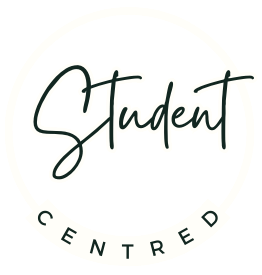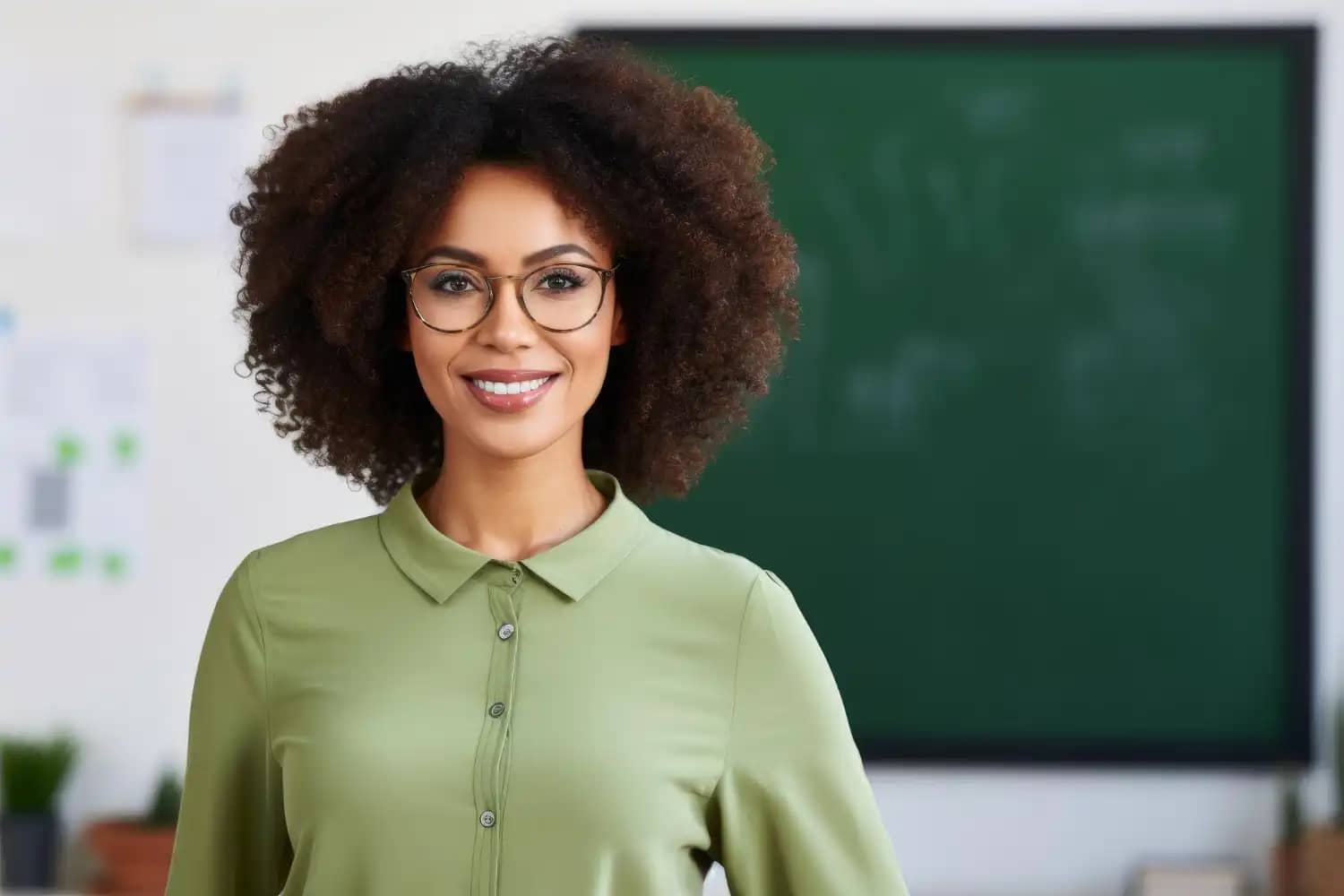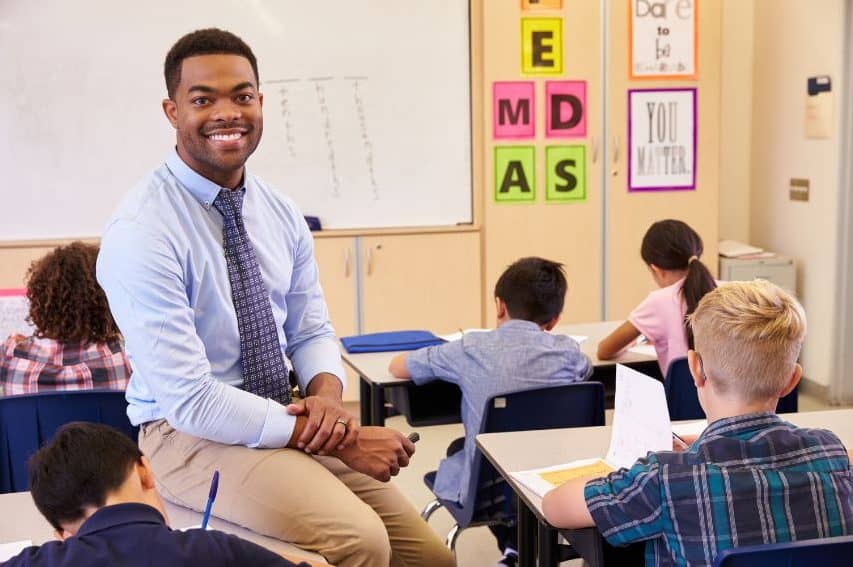1.Personalized and Differentiated Learning:
- Adaptive Learning Platforms: These platforms personalize learning paths based on each student’s strengths, weaknesses, and learning pace. This allows students to work at their level and fill in any gaps in their knowledge.
- Digital Resources and Content Libraries: Provide students with access to a diverse range of online learning resources, articles, videos, and tutorials for independent exploration and deeper understanding of concepts.
2. Communication and Collaboration:
- Video Conferencing and Online Collaboration Tools: Connect with students virtually or create collaborative projects with other classrooms around the world using video conferencing platforms. Several online tools will allow students to work together on documents, presentations, and projects in real time.
- Social Media and Learning Communities: Use social media platforms to share educational resources, develop discussions, and create online learning communities where students can connect, and share their learning experiences.
- Educational Blogs and Podcasts: Create an educational blog or podcast to share teaching tips, classroom activities, and insights with other educators. This develops a sense of community and allows us to learn from others’ experiences.





